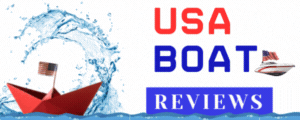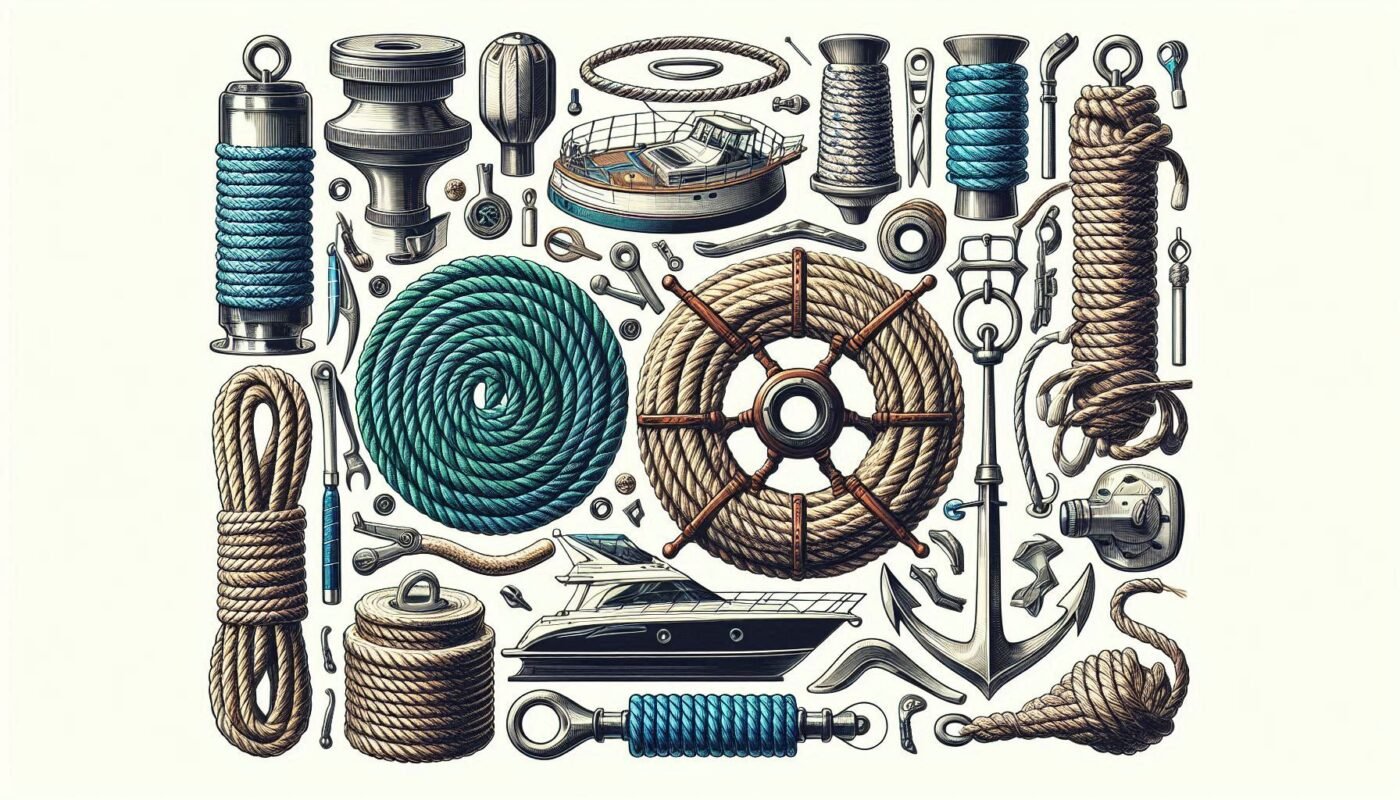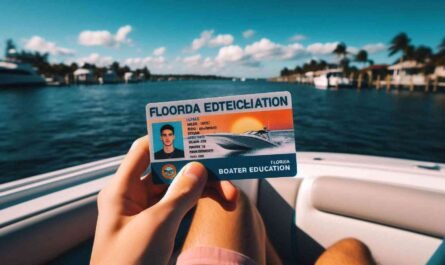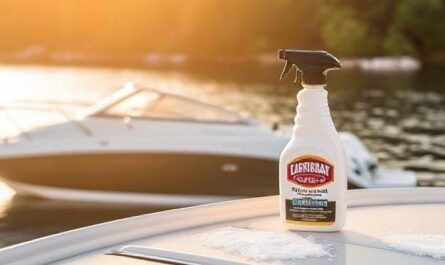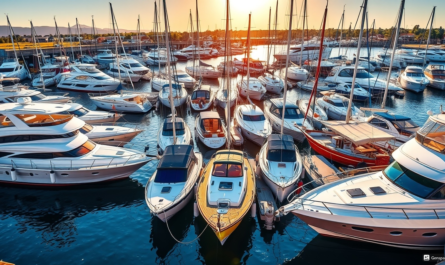How to Choose the Right Rope for Your Boat
If you own a boat—or dream of owning one someday—you’ll quickly discover that ropes (also called lines in boating lingo) are a big deal. Whether you’re docking, anchoring, towing, or securing gear, you’ll need the right rope for the job.
But with so many different types, sizes, and materials out there, how do you know which rope is best? Choosing the right rope for your boat isn’t just about convenience—it’s about performance and safety.
Let’s break it all down in plain, simple terms so you can feel confident picking the perfect rope for your needs.
Why the Right Rope Matters
Imagine trying to dock your boat using a line that stretches too much or trying to anchor in rough waters with a rope that can’t handle the weight. It’s like using a rubber band to tow your car—it’s not going to end well.
Different jobs on a boat require different types of rope. Using the wrong one can damage your boat, harm your gear, or even put you in danger. That’s why understanding rope types and their function is a must for every boater—new or seasoned.
First Things First: Rope vs. Line
Let’s clear something up right away: on land, it’s called a “rope.” But once it’s used for a specific purpose on your boat—like a docking or anchor line—it becomes a “line.”
That said, we’ll mostly use “rope” here to keep it simple.
Common Types of Boat Ropes
Every rope isn’t created equal. Here are the main types you’ll encounter on a boat:
1. Dock Lines
You’ll use these to tie up your boat to a dock.
- Material: Nylon is the best choice here.
- Why Nylon? It’s strong, resists UV rays and abrasion, and—best of all—it stretches. That stretch cushions the boat when waves or wind rock it at the dock.
Need a visual? Imagine pulling a bungee cord instead of a steel cable. The bungee gives a little and absorbs the shock; same idea with nylon.
2. Anchor Lines (Rode)
Anchor ropes need to hold your boat in place—sometimes for hours—while resisting the power of waves and current.
- Best Choice: Again, nylon wins here, especially three-strand twisted nylon—it combines strength with just the right amount of stretch.
- Pro Tip: For larger boats or deeper water, pair your anchor rope with a chain to help it lie flat on the seabed and hold the anchor better.
3. Tow Ropes
Planning to tow dinghies, water toys, or even another boat?
- Use: These ropes need to handle serious tension.
- Best Rope: Double-braided nylon—strong, low-stretch, and durable. Great for towing smaller boats or inflatables.
4. Sailboat Running Rigging
If you have a sailboat, ropes come into play even more. The ropes that raise or adjust sails are called “running rigging.”
- Picks: Polyester ropes like Dacron are ideal here—they don’t stretch, are super tough, and resist UV rays really well.
Choosing the Right Rope Material
Let’s get to know the “ingredients” in your rope. Different materials behave in different ways.
Nylon
- Strong and stretchy
- Great for absorbing shock loads
- Perfect for dock and anchor lines
Polyester (Dacron)
- Very low stretch
- Excellent UV and abrasion resistance
- Often used in sailboats
Polypropylene
- Lightweight and floats
- Inexpensive
- Breaks down faster in sunlight and isn’t as strong
- Good for temporary use or water toys
Understanding Rope Construction
How a rope is made affects how it performs. There are two main types you’ll hear about:
Three-Strand Rope
- Twisted, classic rope style
- Stretchy and easier to splice
- Excellent for dock and anchor lines
Double-Braided Rope
- Rope inside a rope for extra strength
- Less stretch than three-strand
- Smoother and easier on your hands
Need a mental image? Think of three-strand like a twisted rope candy (like Red Vines), and double-braided like a soft, woven rope bracelet.
What Rope Size Do You Need?
Here’s a simple rule of thumb:
For every 9 feet of boat length, use a rope with a diameter of 1/8 inch.
So, for a 27-foot boat? You’d want a 3/8-inch diameter line.
You’ll also want to make sure it’s long enough. For dock lines, a good length is two-thirds the length of your boat. For anchor lines, the rule is: 7 to 10 feet of rode for every foot of water depth.
How to Take Care of Your Boat Rope
Even the best ropes need love. Here’s how to make them last longer:
- Rinse with fresh water after saltwater use
- Check for frays or damage frequently
- Coil and store ropes in a dry spot when not in use
- Avoid dragging ropes over sharp edges or dirty surfaces
When Should You Replace a Rope?
If your rope is starting to look fuzzy, stiff, or has broken strands—don’t wait. It’s best to replace it before it breaks at the worst possible moment.
Think of it like car tires. You wouldn’t drive on bald tires just because they “still sort of work,” right? Don’t take chances.
Whether you’re a weekend warrior or a lifelong cruiser, choosing the right rope for your boat is one of the most important safety steps you can take. Think about how and where you’ll use it, pick the right material and construction, and size it properly. And don’t skimp on quality—a good rope can be a literal lifeline on the water.
So next time you’re in the marine store surrounded by coils of confusing rope, take a deep breath. You’ve got this. Choose with confidence, head out, and enjoy the water knowing you’re safely tied, towed, and anchored.
Want More Boating Tips?
Bookmark us for more simple boating guides and hands-on advice. Got questions about boat gear or safety? Just ask—we’re here to help you enjoy every minute on the water.
Happy boating!
